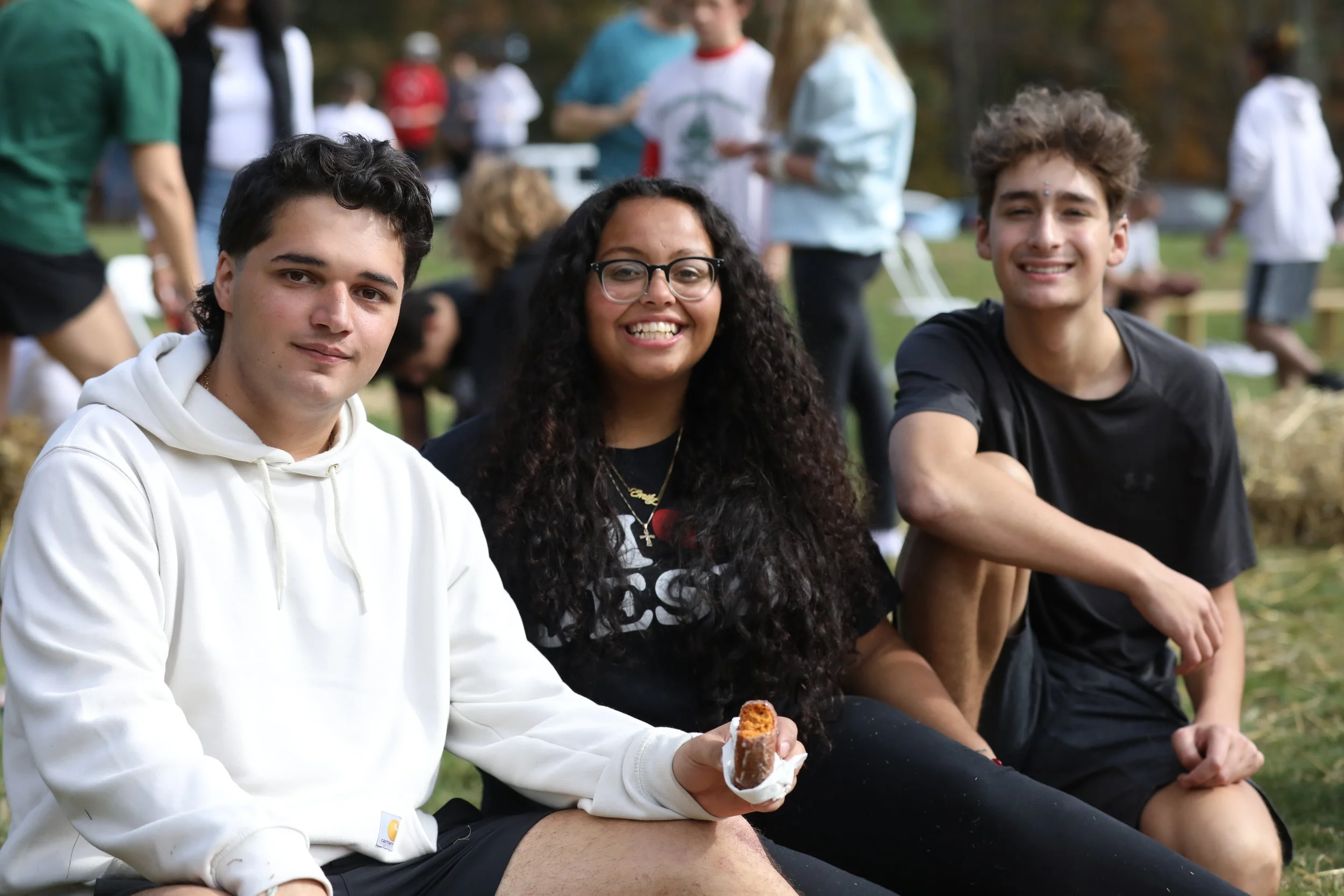Windham Woods School Mission Statement
Windham Woods School’s mission is to engage a diverse group of learners in a dynamic and highly individualized educational environment where students will develop a passion for learning in a supportive community.
Q. Who are the students at Windham Woods School?
A. Windham Woods School students are extraordinary young people who love learning and being part of a community. Students at Windham Woods School may struggle in a more traditional classroom setting due to learning challenges or learning disabilities such as:
Dyslexia
Specific LD in Reading, Math, and/or Written Expression
Non-Verbal Learning Disability (NLD)
Mixed Receptive/Expressive Language Disorders
Attention Deficit
School related anxiety
Executive function challenges
Windham Woods School students do not present with primary behavioral or emotional challenges.
Q. What grades does Windham Woods School offer?
Elementary Grades 1 - 5
Middle School Grades 6 - 8
Upper School Grades 9 - 12
Q. What is the underlying educational philosophy?
A. The well-being of our students comes first. They thrive and gain confidence when instruction is meaningful, lessons are dynamic and engaging, and they feel part of a diverse and inclusive community.
Q. What is the classroom model?
Project based instruction in all academic classes works for diverse learning profiles, particularly those diagnosed with Dyslexia, NLD, and Mixed Receptive/Expressive Language Disorders.
Outdoor classroom experiences reduce anxiety and increase attention and focus.
Students learn in an expanded language based classroom model with 10 or fewer students, and are placed in multi-grade classes by ability level.
Q. How does Windham Woods School accommodate diverse learning profiles in the classroom?
A. For our students with dyslexia, project based instruction teaches through areas of cognitive strength while reading and written expression are remediated; for students with NLD, abstract and inferential language is reduced while math is strongly supported; for the receptive expressive language disorder student, the sole reliance on language for instruction is eliminated.
Differentiation of instruction in the classroom improves executive function skills and allows students to work at their own pace.
Q: What if your child needs reading remediation?
A. Reading intervention at WWS is provided for students who are typically 1-2 years or more below grade level. Our approach to intervention is based in the Science of Reading and a diagnostic and prescriptive methodology that customizes the student’s instruction. Once a student is assessed, our Director of Reading and our Reading Interventionists select appropriate reading programs (if necessary) based upon the student’s level of literacy acquisition and their learning profile. Windham Woods School utilizes a variety and unique blend of programs including Lindamood Phoneme Sequencing® Program for Reading, Spelling, and Speech (LiPS), Equipped for Reading Success, Read Naturally, Great Leaps, Rave-O, Orton Gillingham (OG), and Visualizing and Verbalizing (V&V).
Reading intervention occurs in groups of 3 or fewer students of similar ability level and learning profile. Reading interventionists may target phonemic awareness, decoding, spelling, fluency, morphology, vocabulary development, and/or comprehension.
Q. How does Windham Woods School specifically work with students who have receptive and expressive language challenges?
A. Given small class sizes and a focus on inclusive learning, WWS emphasizes a push-in service delivery model where SLP and OT goals and objectives are embedded within the curriculum and interventions are aligned with academic expectations. Therapy tools, techniques, and strategies are interwoven into the classrooms to ensure students are supported across the school day. This approach integrates therapy into the student's daily routines, allowing therapists to work alongside teachers, provide real-time support, and help students learn and generalize skills in their natural contexts.
Speech-language and occupational therapy services at WWS are available for students who meet documented eligibility requirements. To determine eligibility, students must first have an evaluation completed within the past three years by either their home school district or an outside agency. If the evaluation indicates a deficit in one or more of the areas addressed by speech and language and/or occupational therapy, then WWS therapists will use these evaluations, along with other documentation (IEPs, neuropsychology assessments), teacher input, and observations of the student in the WWS environment, to determine the need for services.
Q. What is the benefit of a school community, like Windham Woods, that includes students with diverse learning profiles? Students will:
Appreciate and respect individuals with different learning styles while developing an understanding of their own individual strengths and challenges
Become immersed in a nurturing, safe environment where they find their voices and make meaningful connections with peers
Have the opportunity to become positive and productive members of a larger community

